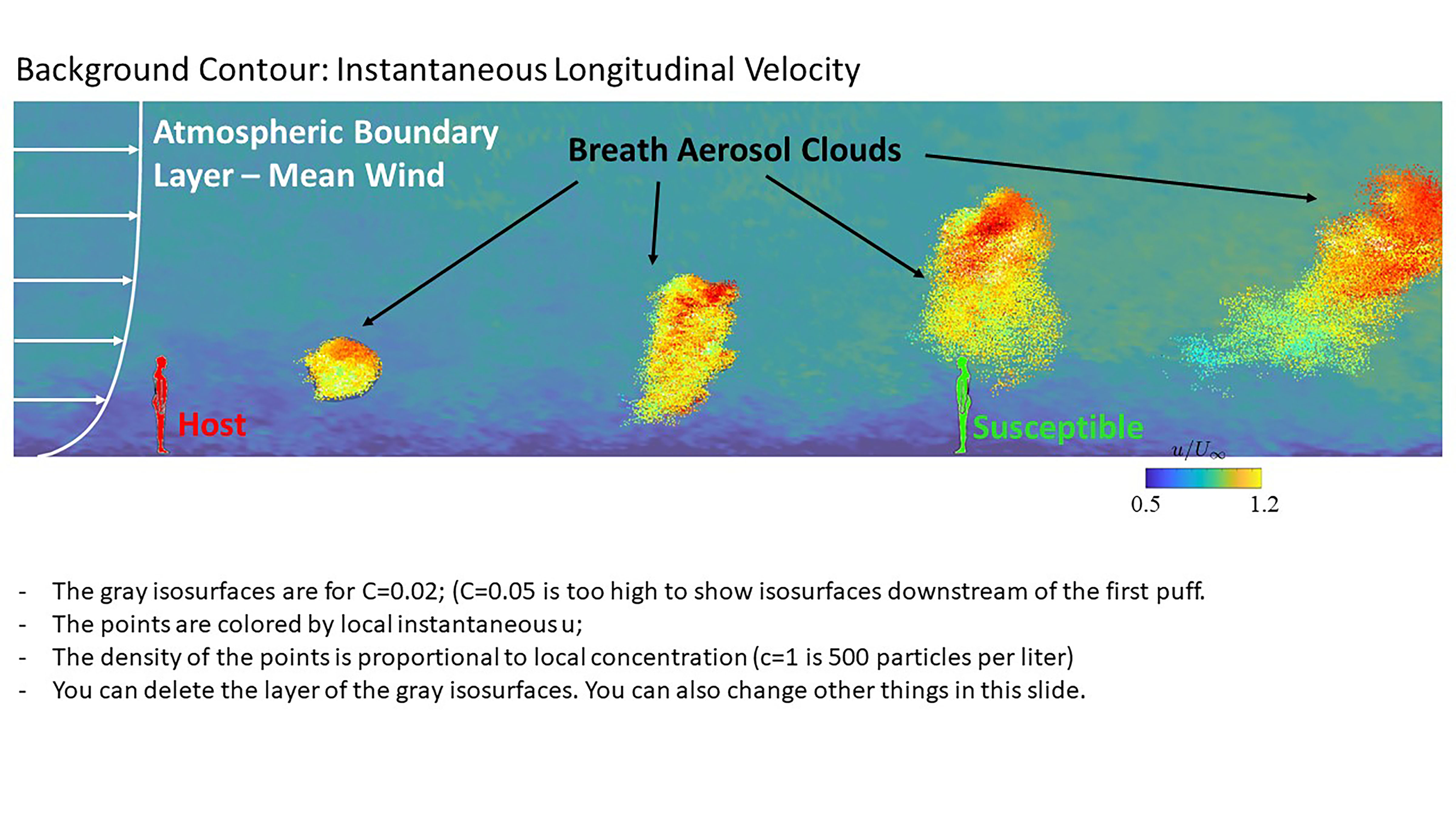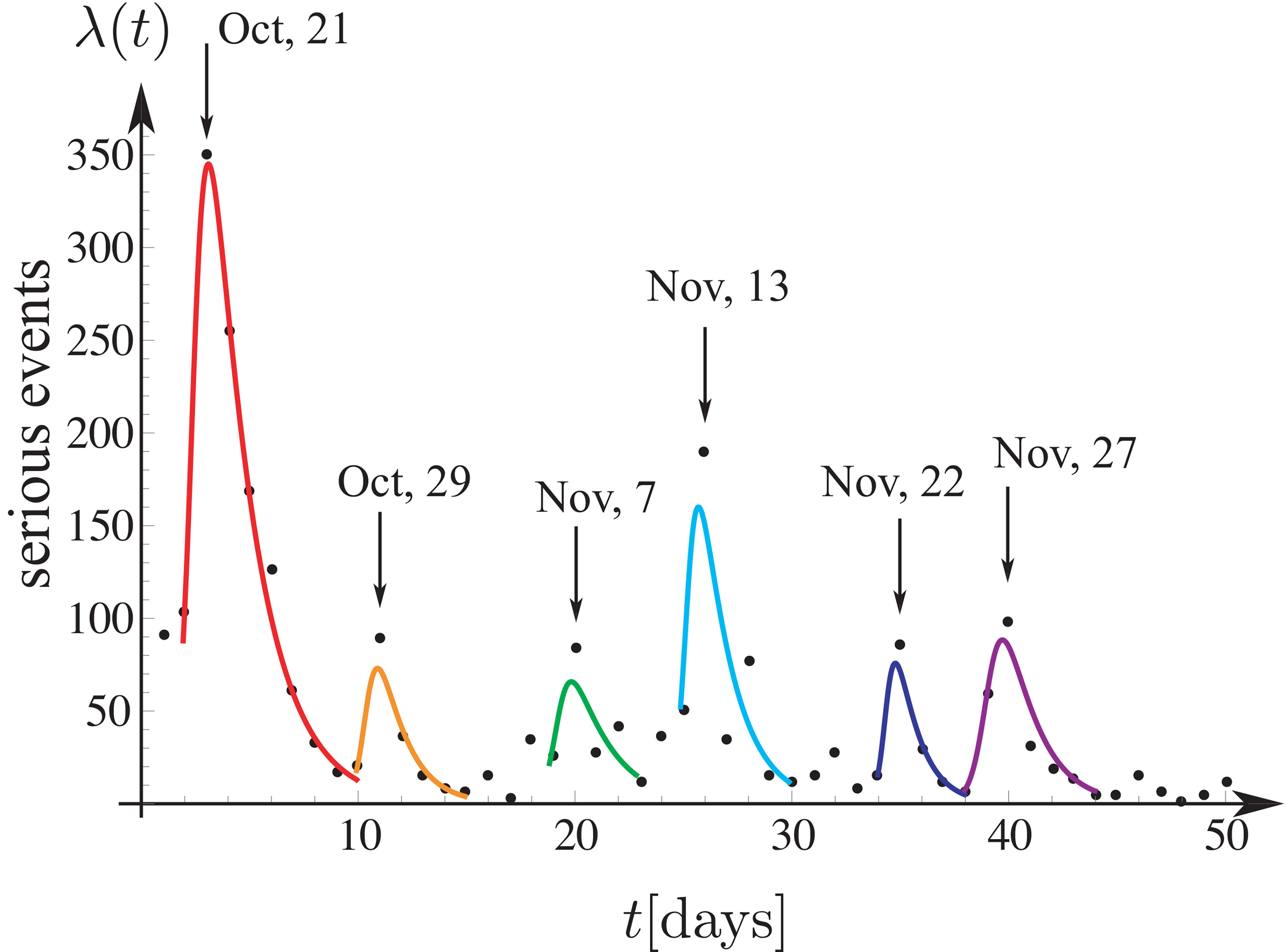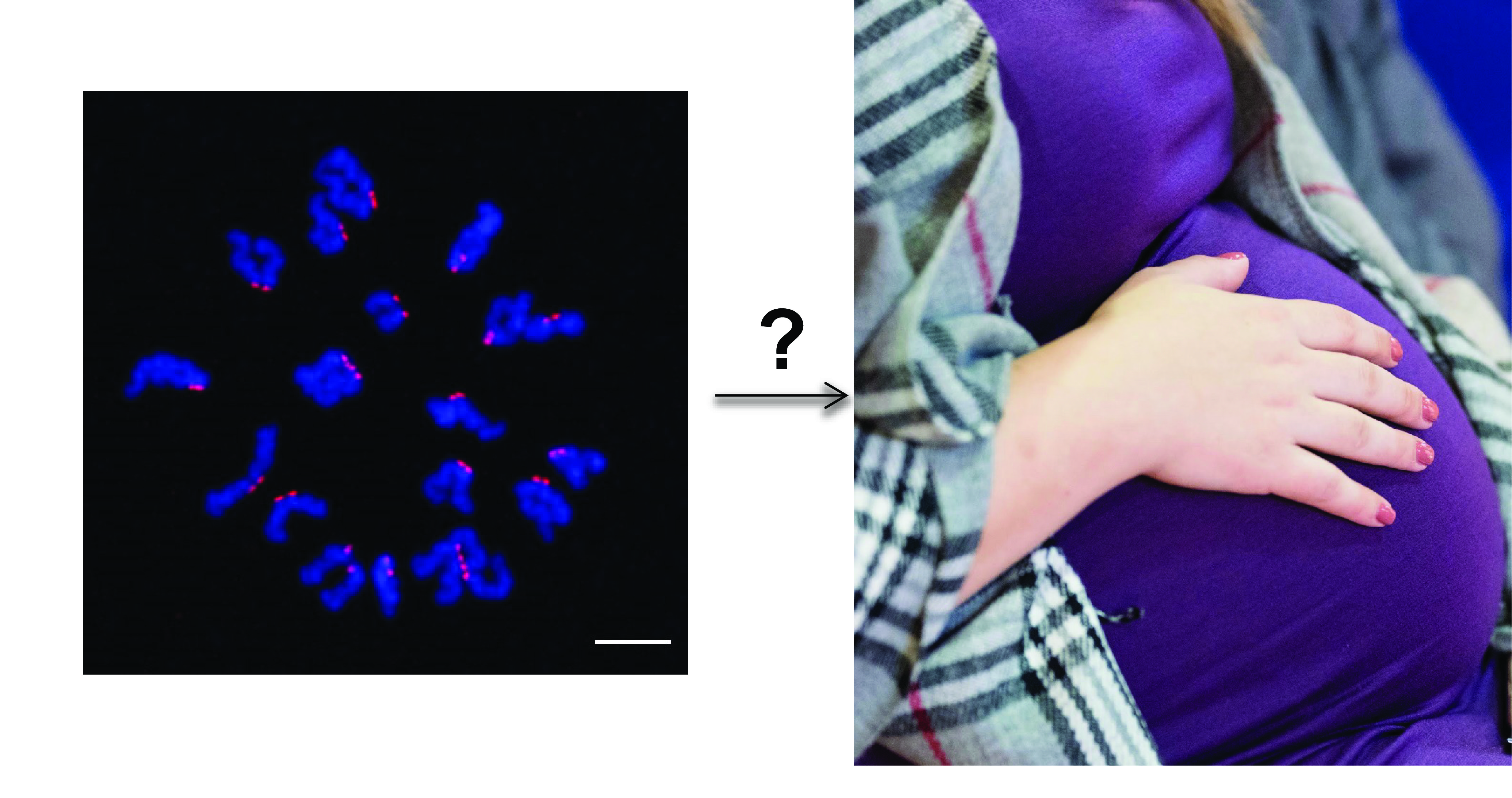A study centered around four groups shows that innovators look for new products and try them out first, regardless of what anyone else is doing. Early adopters, who look for new future successful products, try to get them early. They react to the value of the second derivative of cumulative sales when making decisions. The majority are interested in products quickly gaining popularity and are more likely to buy when the first derivative of cumulative sales is high. The laggards see only the total number of adopters, which is cumulative sales, as a convincing reason to buy.
Tag: mathematical model
Push, pull or swirl: The many movements of cilia
A research team from Washington University in St. Lous has developed a model to explain how cilia beat.
Hidden benefit: Facemasks may reduce severity of COVID-19 and pressure on health systems, researchers find
McMaster University researchers who study the dynamics of infectious disease transmission have investigated the population-level consequences of a potentially significant––and unobvious––benefit of wearing masks.

Estimating Risk of Airborne COVID-19 with Mask Usage, Social Distancing
In Physics of Fluids, researchers used a model to understand airborne transmission that is designed to be accessible to a wide range of people, including nonscientists. Employing concepts of fluid dynamics and factors in airborne transmission, they propose the Contagion Airborne Transmission inequality model. While not all factors may be known, it can still be used to assess relative risks. The researchers determined protection from transmission increases with physical distancing in an approximately linear proportion.

Can Social Unrest, Riot Dynamics Be Modeled?
Episodes of social unrest rippled throughout Chile in 2019. Researchers specializing in economics, mathematics and physics in Chile and the U.K. banded together to explore the surprising social dynamics people were experiencing. In the journal Chaos, the team reports that social media is changing the rules of the game, and previously applied epidemic-like models, on their own, may no longer be enough to explain current rioting dynamics.

A New Way to Accurately Estimate COVID-19 Death Toll
A Rutgers engineer has created a mathematical model that accurately estimates the death toll linked to the COVID-19 pandemic in the United States and could be used around the world. The model, detailed in a study published in the journal Mathematics, predicted the death toll would eventually reach about 68,120 in the United States as a result of the SARS-CoV-2 coronavirus that causes COVID-19. That’s based on data available on April 28, and there was high confidence (99 percent) the expected death toll would be between 66,055 and 70,304.

Why Do So Many Pregnancies and In Vitro Fertilization Attempts Fail?
Scientists have created a mathematical model that can help explain why so many pregnancies and in vitro fertilization attempts fail. The Rutgers-led study, which may help to improve fertility, is published in the journal Proceedings of the National Academy of Sciences.